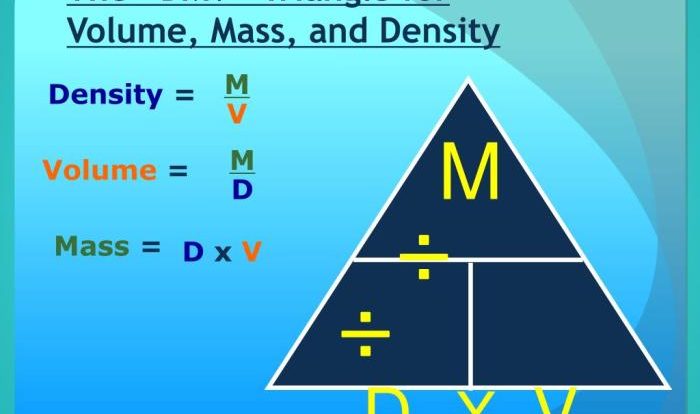Distance and displacement worksheet answers provide a comprehensive understanding of the fundamental concepts of distance and displacement, equipping individuals with the knowledge and skills to solve related problems and apply these principles in various fields.
This guide delves into the definitions, calculations, and applications of distance and displacement, offering clear explanations, illustrative examples, and engaging content.
Distance and Displacement
Distance is a scalar quantity that measures the length of the path traveled by an object, while displacement is a vector quantity that measures the change in position of an object from its initial to its final position.
The distance traveled by an object can be greater than, less than, or equal to its displacement. For example, if an object moves in a straight line from point A to point B and then back to point A, the distance traveled is twice the displacement.
Distance and Displacement Calculations
The distance traveled by an object can be calculated by adding up the lengths of all the segments of the path traveled. The displacement of an object can be calculated by subtracting the initial position of the object from its final position.
For example, if an object moves from point A to point B, the distance traveled is the length of the line segment AB. The displacement of the object is the vector from point A to point B.
Distance and Displacement Graphs
A distance-time graph is a graph that shows the distance traveled by an object as a function of time. A displacement-time graph is a graph that shows the displacement of an object as a function of time.
The slope of a distance-time graph is the speed of the object. The slope of a displacement-time graph is the velocity of the object.
Applications of Distance and Displacement, Distance and displacement worksheet answers
Distance and displacement are used in a wide variety of applications, including:
- Navigation
- Engineering
- Sports
- Recreation
For example, distance and displacement are used to calculate the distance between two cities, the height of a building, the speed of a car, and the distance traveled by a runner.
Top FAQs: Distance And Displacement Worksheet Answers
What is the difference between distance and displacement?
Distance refers to the total length of the path traveled, regardless of direction, while displacement represents the change in position from the initial to the final point, considering both magnitude and direction.
How do I calculate displacement?
Displacement is calculated by subtracting the initial position from the final position, taking into account both magnitude and direction.
What are some real-world applications of distance and displacement?
Distance and displacement find applications in navigation, surveying, engineering, sports, and many other fields where measuring and understanding motion is crucial.


